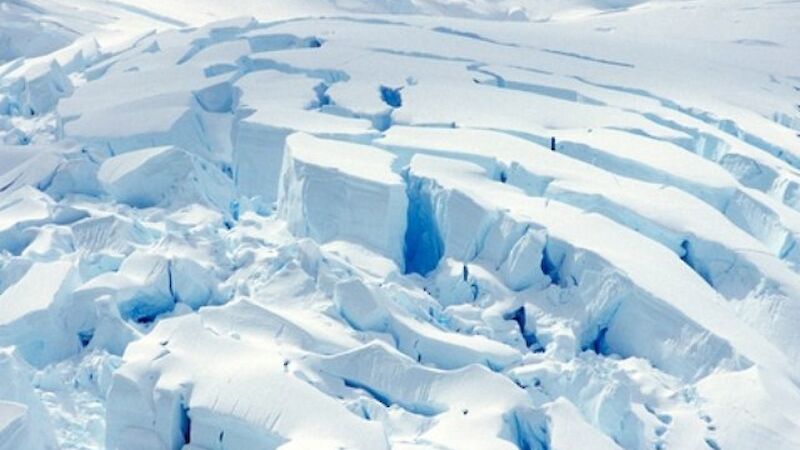Six glaciers in the Australian Antarctic Territory have been officially named in honour of historically significant figures and groups who have played an important role in the Antarctic region or Australian history.
The new names were recommended by the Australian Antarctic Names and Medal Committee chaired by Joe Johnson.
“These glaciers are all situated in the area explored by Sir Douglas Mawson during his Australasian Antarctic Expedition of 1911–1914,” Dr Johnson said.
“The names chosen reflect the contributions to Antarctic exploration in the first part of the twentieth century, and especially some members of that first Australasian Expedition whose contributions have not yet been recognised,” he said.
The newly named glaciers are;
- The James Forbes Glacier (69°12’ South, 158°0’ East) Named after early Antarctic expeditioner James (“Sails”) Forbes who took part in four Antarctic voyages from 1892–1927, including the 1912–13 Aurora voyage and the first voyage of the BANZARE. James Forbes originally came from Dundee in Scotland and started his sea going career as a whaler in the Arctic. He was a member of the first Antarctic expedition to be conducted on a ship equipped with steam engines – the Dundee Whaling Expedition of 1892-93. On the Aurora voyages he was the sailmaker in addition to performing other duties as an able seaman.
- Williams Glacier (68°24’ South, 149°35’ East) Named after Gus Williams, the Chief Steward on the Aurora's 1912 Macquarie Island voyage and two Antarctic voyages in 1913 and 1914. His role included provisioning the vessel and catering, as well as maintaining the various messes and accommodation for the scientists and officers.
- Jeffryes Glacier (67°4’ South, 143°59’ East) Named after Sidney Jeffryes, the wireless officer for the second winter of the Australasian Antarctic Expedition at Commonwealth Bay in 1913. He was described by Mawson in The Home of the Blizzard as being ”…assiduous at all times, sending and receiving wireless messages (and had) applied himself to work with enthusiasm and perhaps an over-conscientious spirit”.
- AAE Glacier (67°35’ South, 145°37’ East) Named after the Australasian Antarctic Expedition led by Sir Douglas Mawson in 1911–14. The expedition was the first mounted by personnel from Australia and New Zealand with a purely scientific focus and is widely regarded as the most successful of the ‘heroic age’ expeditions.
- ANZAC Glacier (66°52’ South, 109°28’ East) Named after the Australian and New Zealand Army Corps formed during the First World War. The name is in recognition of the camaraderie and military achievements of the many young Australian and New Zealand troops who gave their lives in the conflict, including an early casualty at Gallipoli, Lieutenant Robert Bage, who was a member of the 1911–1914 Antarctic expedition.
- BANZARE Glacier (66°45’ South and 108°17'East) Named after the British-Australian-New Zealand Antarctic Research Expedition in 1930–31 led by Sir Douglas Mawson. The expedition made an outstanding contribution to both the contemporary knowledge of the Antarctic continent and to the oceanography of the region. It proved the existence of a continuous undersea land-platform around at least a third of Antarctica, reinforcing the theory that there was a continent beneath the ice plateau, rather than a series of islands cemented by the polar ice cap.

